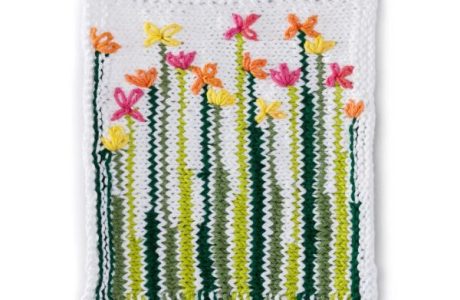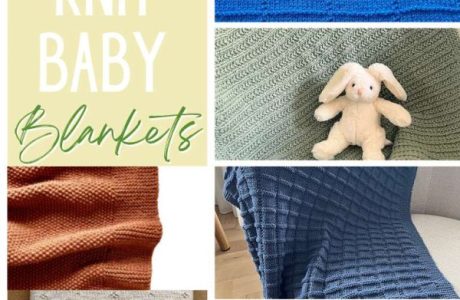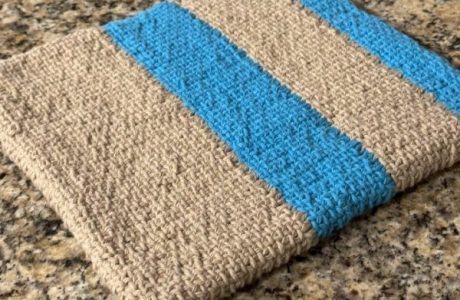 I spent the day Sunday at a little book festival where I was really trying to sell books (want to buy one of my books? I have lots of both books and will autograph and ship, so hit me up at knitting @ craftgossip.com if you’re interested!) but I had a bunch of the samples spread on my table to attract people and show them what some of the projects looked like.
I spent the day Sunday at a little book festival where I was really trying to sell books (want to buy one of my books? I have lots of both books and will autograph and ship, so hit me up at knitting @ craftgossip.com if you’re interested!) but I had a bunch of the samples spread on my table to attract people and show them what some of the projects looked like.
Unfortunately, there weren’t a lot of knitters at the event, but there were a few people who wanted to buy knit items. I had no intention of selling any of them but I didn’t mind doing so, but I had to pick numbers out of the air and I know the one scarf I did sell went for less than the cost of materials (bad knitter! at least I got the yarn free, right?).
If you ever sell knitting projects or have someone ask what you might sell them for, there are some tools that might help. The Crafts Calculator from the Hobzy network is a simple tool where you put in the cost of materials, time spent making the project, level of skill involved and how much profit you want to make. Which tells me I should have sold the scarf for about twice what I did (no surprise there).
But how do you figure out how long a knitting project might take? Jill Wolcot has some advice on knitting planning and time estimation, as well as a worksheet you can download and track your estimated time for different parts of a project as well as how long it actually takes. This will give you a better grasp on how long knitting takes, and these two tools together should give you a better grasp on what to charge.
Do you ever sell knits? How do you determine your pricing? I’d love to hear your thoughts.
[Image via Jill Wolcott Designs.]
Why is it critical to get the pricing right? You will not earn a profit if your handcrafted product is not priced correctly. Without a solid profit margin, it will be difficult to keep your business going, and surely impossible to earn a living from it.
Many professional craftsmen base their labor expenditures on a figure of $12 to $20 per hour. Many people propose multiplying the base price by 2.5 or 3 to determine the retail price. Do you want to offer your handcrafted craft product on a wholesale basis? Then, for pricing, use this formula. 2 x Supplies = Wholesale Price
Wholesale Price x 2 Equals Retail Price (or, in other words, Supplies x 4).
But wait you are not done yet! Remember to provide your hourly pay rate – how much do you wish to be paid each hour?
Simply multiply the number of hours it took you to create the product by your hourly rate to determine how much you should charge for labor charges (on top of the supplies cost).
One last thing to calculate is your overhead costs, this is not supplies but other little things like Electricity, fuel to the market, tools you have bought to product the crafts, etc, If you don’t account for everything you will run at a loss.





I’ve only sold a few things and it seems the only way to make it worthwhile is to knit simple accessories in bulky yarn that you purchased for a steal.
I factor in labor, materials, shipping, plus a percentage markup for any additional legwork such as getting new needles or yarn, etc.
Thanks for information. I went to the Hobzy Network and found that it was closed in February. It was closed due to lack of funds and that other sites, including Craft Calculator, were not being supported by staff. Sorry to see this happen because this information is valuable to new crafters selling their work.
That is unfortunate, but at least for now it is still working!